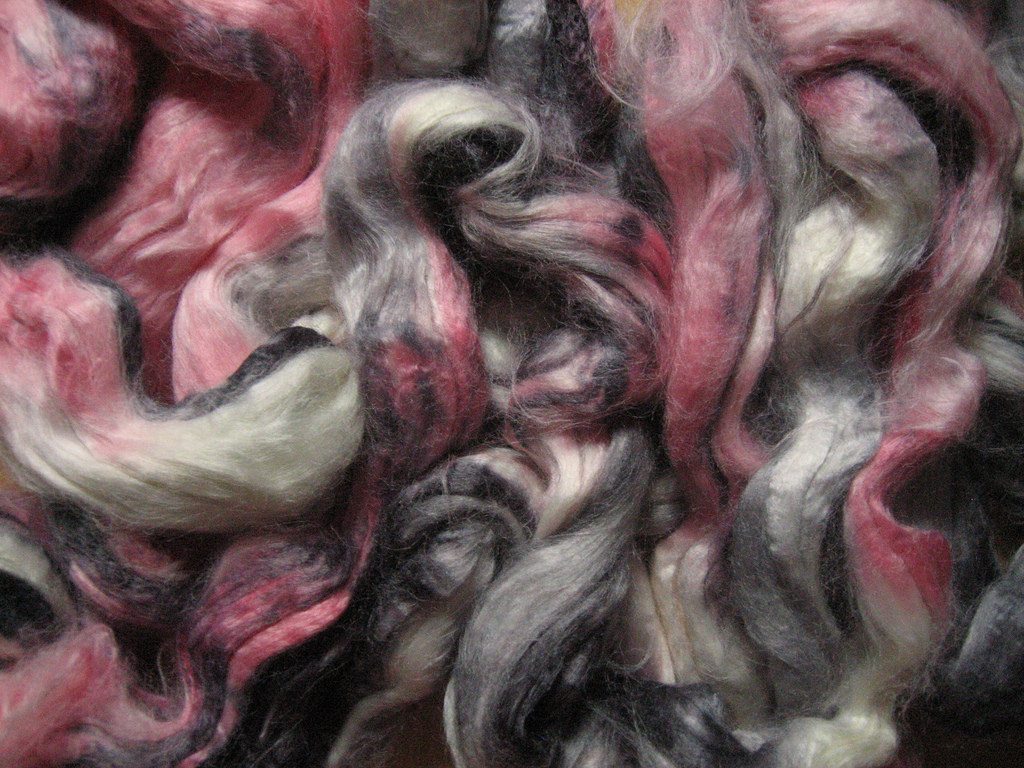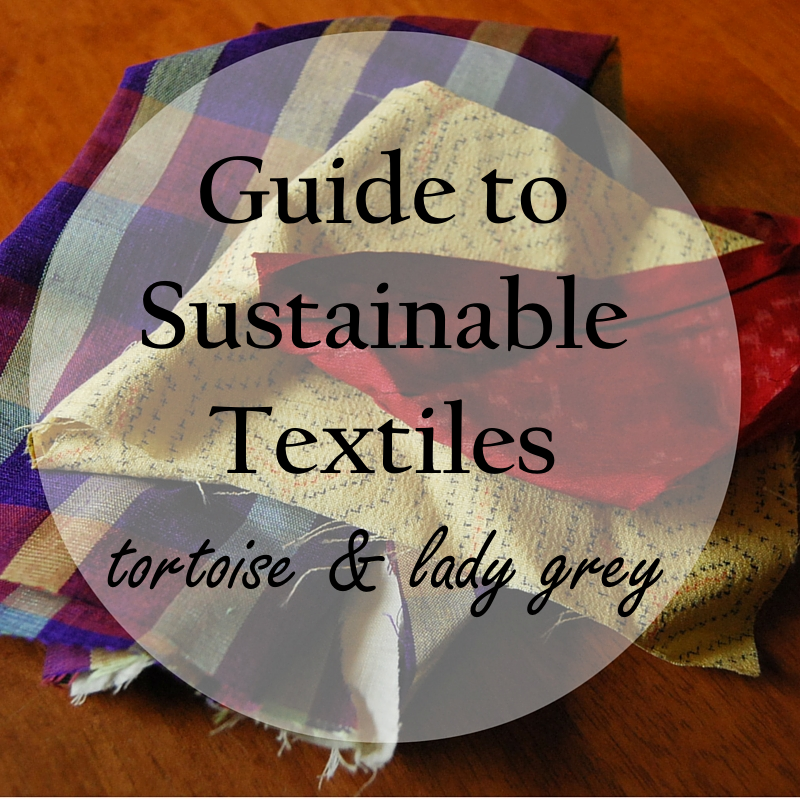A version of this article previously appeared on Tortoise & Lady Grey.
Soysilk is an emerging new fiber that is increasing in popularity in sustainable fashion circles. Also known as vegetable cashmere, soysilk is a relatively new fiber that has been created from soybean waste left over from the production of soy food industry. While not entirely new–soysilk was manufactured as far back as 1940– it has been growing in prominence and availability only in recent years.

The manufacturing process takes waste soy residue from the processing of soybeans for food products such as tofu, therefore making use of a resource that would otherwise go to waste. It is completely biodegradable, making the impact on the environment minimal. You can easily compost your soysilk garments once they have worn out. However, to turn the actual soy proteins into a fabric, the soy needs to be chemically processed. Soysilk is usually manufactured on a closed loop system, meaning that the chemicals are captured and reused rather than wasted. This makes soysilk comparable to other sustainable fibers such as lyocell. However, the process requires the use of formaldehyde which harmful to human health, although I haven’t found much discussion on whether soysilk garments expose the wearers to this chemical. So the sustainability of soysilk is not completely straight forward.
The ethics of soy is also questionable, even when it is an excellent replacement for meat and some animal-based textiles. The global soy industry is also heavily reliant on GM crops and is also complicit in the clearing of rainforest and the displacing of Indigenous communities from their traditional lands. For an insightful discussion of the ethics and environmental implications of soy in the global industrial food system, I highly recommend Stuffed & Starved by Raj Patel.
However, due to the properties of soysilk, it is a valuable fiber for vegans and those looking to reduce their reliance on animal-based fibers, who also want to do this in a reasonably sustainable manner. The textile is light, smooth and somewhat delicate, and can be used as yarn for knitting, or for fine weave fabrics. For this reason, it can be used as a substitute for both silk and cashmere in garments, as well as synthetic fabrics (such as polyester) which are also often used as a cheap alternative to silk. Because it is delicate, it isn’t as hard wearing was other natural fibers such as cotton and hemp. So it is best used for delicate garments, or blended with other natural fibers for other garments. When blended with other natural fibers, such as cotton, the soysilk adds a smooth silky quality whilst the other fiber improves the strength. However, soysilk is still machine washable, meaning it is far easier to care for than silk and cashmere.
Because soy is a natural protein-based fiber, it is suitable for dyeing with natural dyes and is an excellent fabric with which to experiment with eco-dyeing and eco-printing with leaves and flowers. This property eliminates the need for chemical dyes to color the fabric.
So soysilk is complicated. It can have a place in a sustainable wardrobe, but you do need to weigh up its benefits against the ethical and environmental impacts and decide whether it has a place in your wardrobe. Certainly, it is much lower impact than cashmere and probably comparable to silk. Personally, I would be willing to include soysilk garments in my wardrobe if I came across something that I liked and needed, but I don’t go out of my way to search it out. But you may feel differently, particularly if you are vegan.
__

A version of this article previously appeared on Tortoise & Lady Grey.
Also by Summer: Why Polyester Production Damages the Environment
A Vegan’s Guide to Buying and Wearing Ethical Silk
Related: Stumped By Sustainable Shopping? Start With These 4 Eco-Friendly Fabrics
Get more like this–Subscribe to our daily inspirational newsletter for exclusive content!




